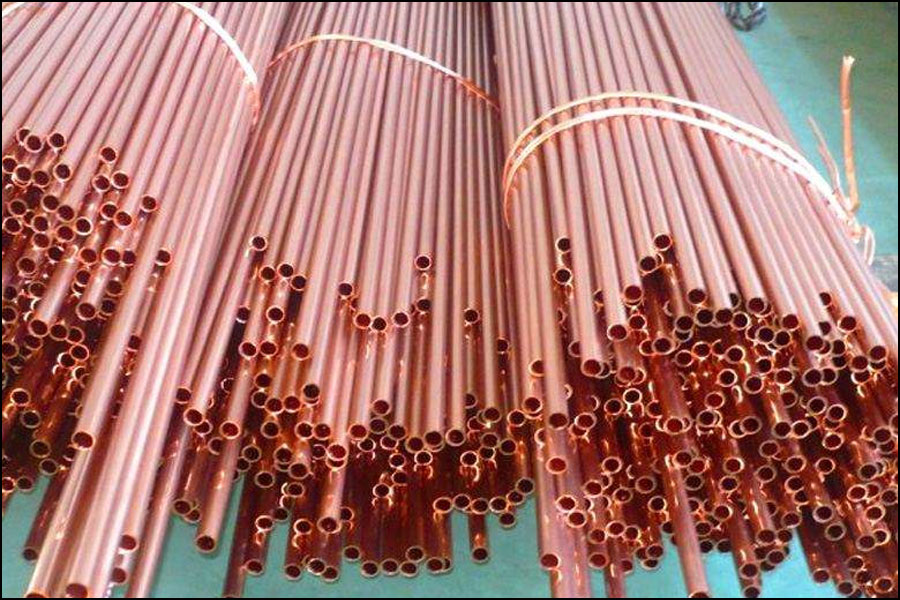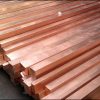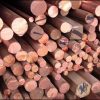
Beryllium bronze refers to a special bronze alloy containing 1.7% to 2.5% beryllium and 0.2% to 0+5% nickel. Beryllium bronze has high strength, hardness, elasticity, wear resistance, heat resistance and fatigue resistance after quenching and aging treatment. It also has excellent electrical conductivity, thermal conductivity and non-ferromagnetic properties. In particular, temperature changes have little effect on its elasticity, so beryllium bronze materials are mostly used to manufacture important elastic parts and are widely used in electronics, aviation, aerospace and other fields. In order to further improve the conductivity of beryllium bronze elastic parts, the surface is often plated with a silver coating, and the thickness of the silver coating is generally 5-8 microns. However, it is difficult to electroplate beryllium bronze parts with a good silver coating in accordance with the usual silver plating methods for copper or brass parts. Therefore, in addition to solving the discoloration of the silver-plated layer, silver-plating beryllium bronze should start with the analysis of the particularity of the beryllium bronze, improve the bonding force of the silver-plated layer of beryllium bronze, and prevent the occurrence of defects such as blistering, peeling and shedding.
2. Beryllium bronze is prone to the following problems during the silver plating process
- 1) The surface of the part is corroded and the size changes greatly; small black spots appear in the coating, which affects the appearance quality of the product;
- 2) The bonding force between the coating and the base material is poor, and the coating is peeled.
The main reason for the above problems is that the material itself contains a large amount of beryllium and nickel. During the heat treatment process, a dark red and brown oxide film (its main components are CuO, Cu20, BeO, nickel oxide, etc.) In addition, there are a lot of oil stains on the surface of the parts. If the cleaning is not clean before the heat treatment, the oxidation will be serious, and the formed oxide film will be relatively dense, which is difficult to remove by the conventional electroplating pretreatment cleaning process.
2.1 The particularity of beryllium bronze materials
Beryllium bronze is a special copper alloy containing beryllium and nickel which are easily passivated. With the most commonly used QBe1.9 beryllium
Take the bronze elastic material as an example, it contains 1.85% to 2.1% beryllium. 0.2%~0.4% nickel, also contains about 0.02.5%~0.1% titanium, and the rest is copper. Although the content of beryllium, nickel and titanium in the alloy is small, it makes beryllium bronze greatly different from brass. Bronze-plated materials even at room temperature and atmospheric conditions. The surface will also form a layer that is invisible to the naked eye
Dense oxide film. The oxide film is mainly composed of CuO, COBeO, NiO, Ni2o3 and n02. If the oil is not clean before heat treatment, oily sintered products such as carbon black will also be produced. If it is not thoroughly cleaned up before electroplating, the silver coating will have poor bonding, peeling, blistering and falling off. Therefore, in order to ensure the adhesion of the silver coating, it is necessary to use silver plating for beryllium bronze that is different from copper or brass. Pre-treatment process.
3. Beryllium bronze electroplating process
Ultrasonic cleaning, electrochemical degreasing, hydrochloric acid activation, alkaline boiling, film removal, mixed acid corrosion, chemical polishing, hydrochloric acid light emission, cyanide pre-copper plating, pre-silver plating, silver plating, and post-treatment (anti-silver discoloration).
3.1 Process description
- A. Ultrasonic cleaning:The ultrasonic cleaning medium is LJ-28 neutral ultrasonic special cleaning agent, the concentration is 5%, and the temperature is 40-50. C, the ultrasonic frequency is 25kHz.
- B. Electrochemical degreasing:Its purpose is to further remove oil stains on the surface of clean parts. The process flow is: cathode oil removal 3min + anode electrolysis reverse oil removal 30S. The electrolytic degreasing process formula and operating conditions are as follows: FM-3 type weak alkaline electro degreasing powder 50g/L, temperature 60-80. C, pH10.0~11.5.
- C. Hydrochloric acid activation:Using a 30% dilute hydrochloric acid solution, soaking at room temperature for 5-10S, the purpose is to remove the oxide film generated during the degreasing process on the surface of the part, and activate the surface for subsequent CNC machining.
- D. Alkaline cooking:In a solution containing 500-550g/L sodium hydroxide and 200-250g/L sodium nitrite, alkali cook for 20 minutes to loosen the oxide scale on the surface of the part due to heat treatment.
- E. Remove film:Use a 10% dilute sulfuric acid solution to soak for 5-10S at room temperature to remove the oxide film on the surface of the part.






